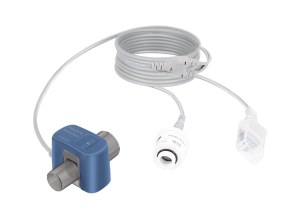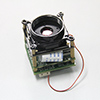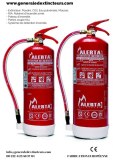 |
|
|
Medical
Anesthesia Multi-Gas Detector
|
|
This page is about importers and exporters of Anesthesia Multi-Gas Detector Search in a category : Medical Search in a category : anesthesia, detector, multi |
Friday, December 05, 2025
Exceptional clearance offer for professionals, with premium mattresses available
Quantity : 310 - Price : 289,00 €
Special price: €289 + VAT / unit Available quantity: 310 units Brand-new mattresses from liquidation, intended for wholesalers, importers, distributors, and clearance companies. High-end products equipped with advanced relaxation technologies. ✅ Andubed Models - 21 vibration transmitters - Infrared heating zones - Sizes available: 70×200 to 120×200 ✅ Andubed LUXE Models - Targeted heat zones: cervical, back, legs - Premium design suitable for wellness centers, athletes,...
TRANSIDI
- 22440 - PLOUFRAGAN
- 09 72 63 03 26
- 33(0)603670505
Tuesday, September 08, 2015
Module parameters HD-960P-38*38mm 1.3megapxel low-illumination HD web camera Network Camera - Sensor type 1/4 inch、1.3megapixel , CMOS low-illumination width dynamic sensor - Minimum illumination Color: 1 Lux/F1.2, black and white: 0.02Lux/F1.2 - Electronic shutter 1/5 second ~ 1/50...
ZT Technology Group Ltd.
- ellazhan
- 852 - Fo Tan
- +85 2 26 75 75 58
Tuesday, November 25, 2025
FABRICATION ET EXPORTATION DIRECTE DU MATÉRIEL CONTRE L'INCENDIE: www.generaledextincteurs.com 00 212 6 23 56 37 04 info@generaledextincteurs.com Tous les produits sont fabriqués en Europe, conformes aux normes européennes. EXTINCTEURS A POUDRE(ABC et BC): 1 kg, 2kg, 3kg, 6kg...
Générale d'Extincteurs
- Générale d'Extincteurs
- 93000 - Tetouan
- 00212623563704










